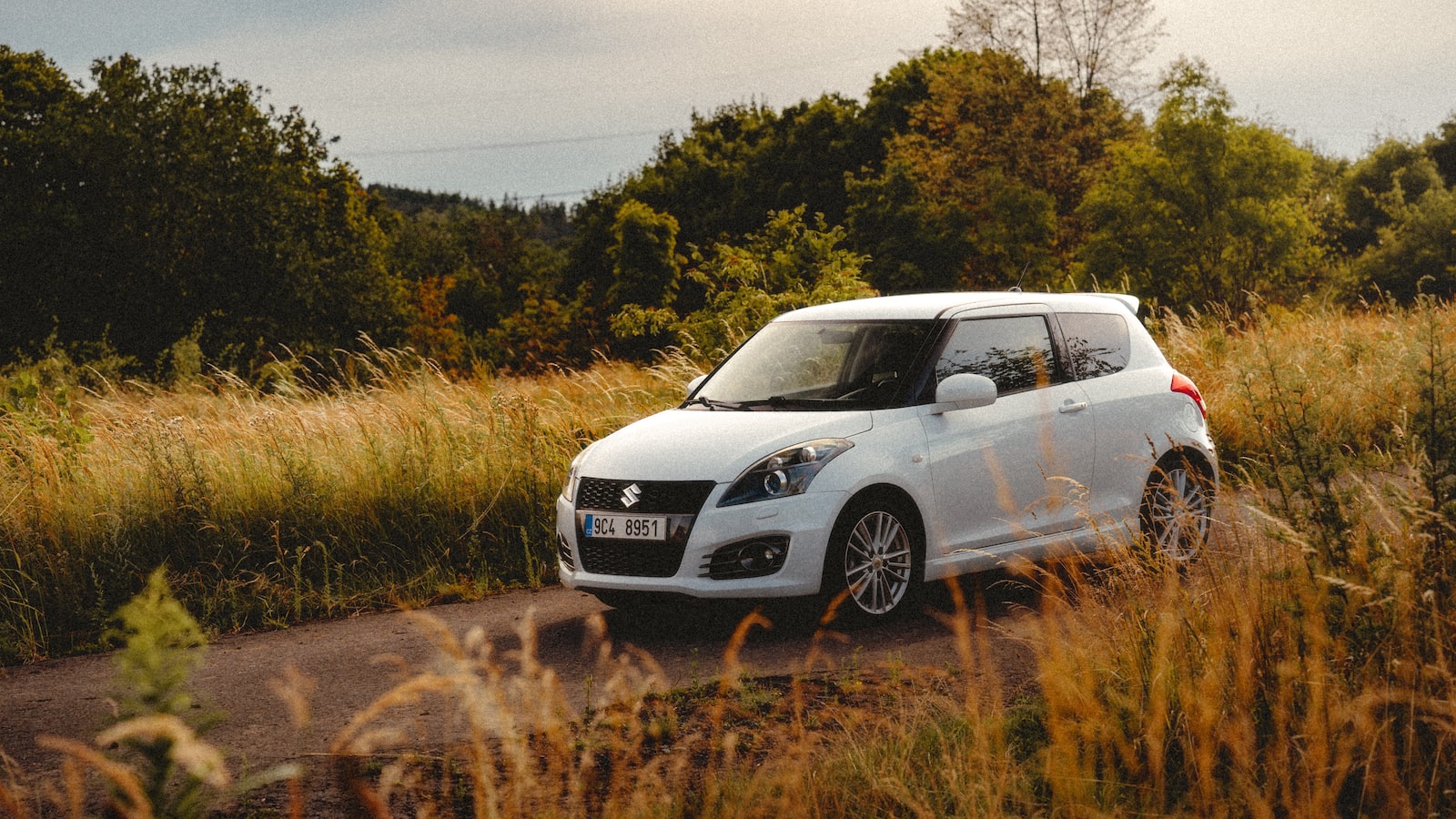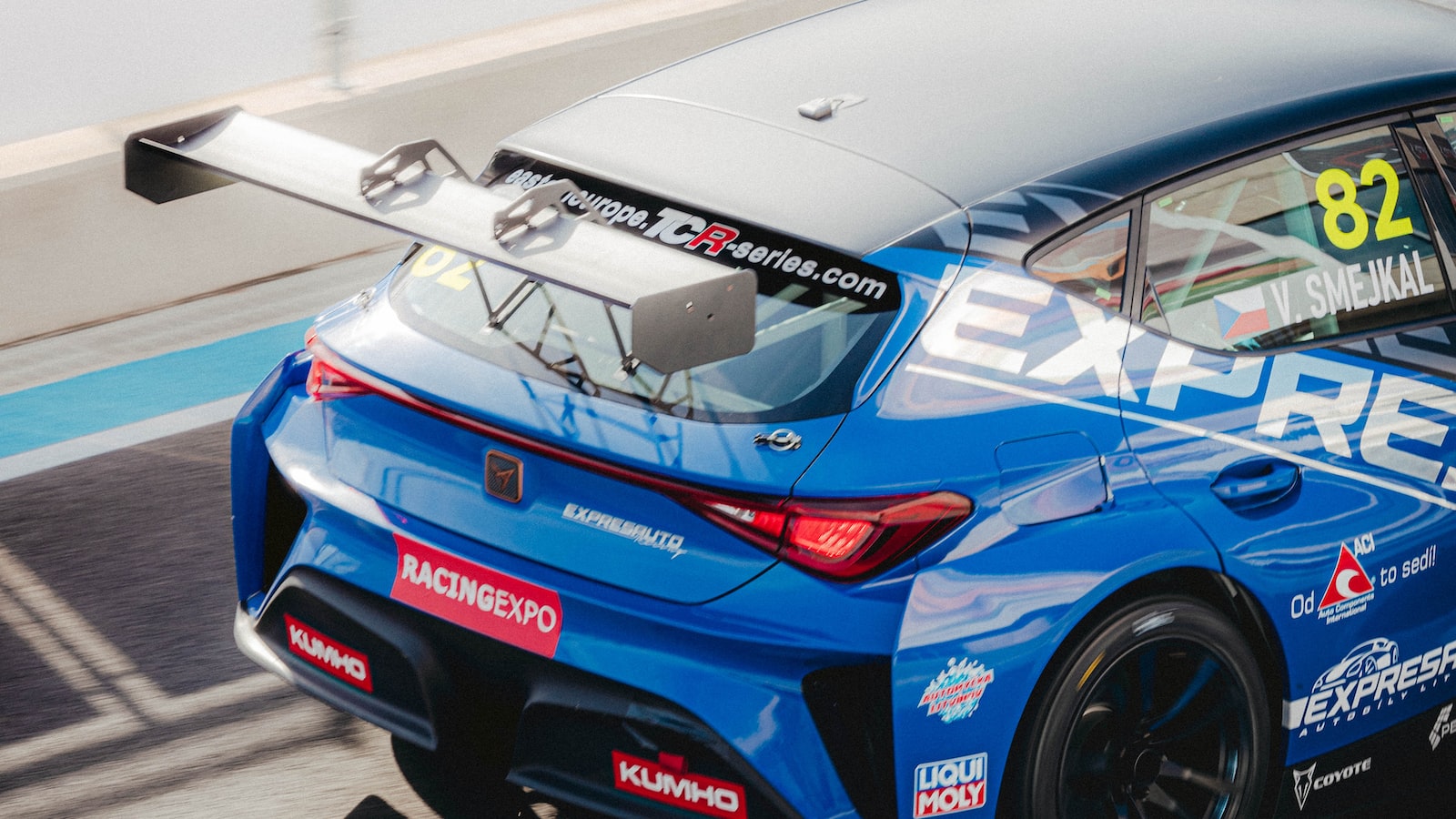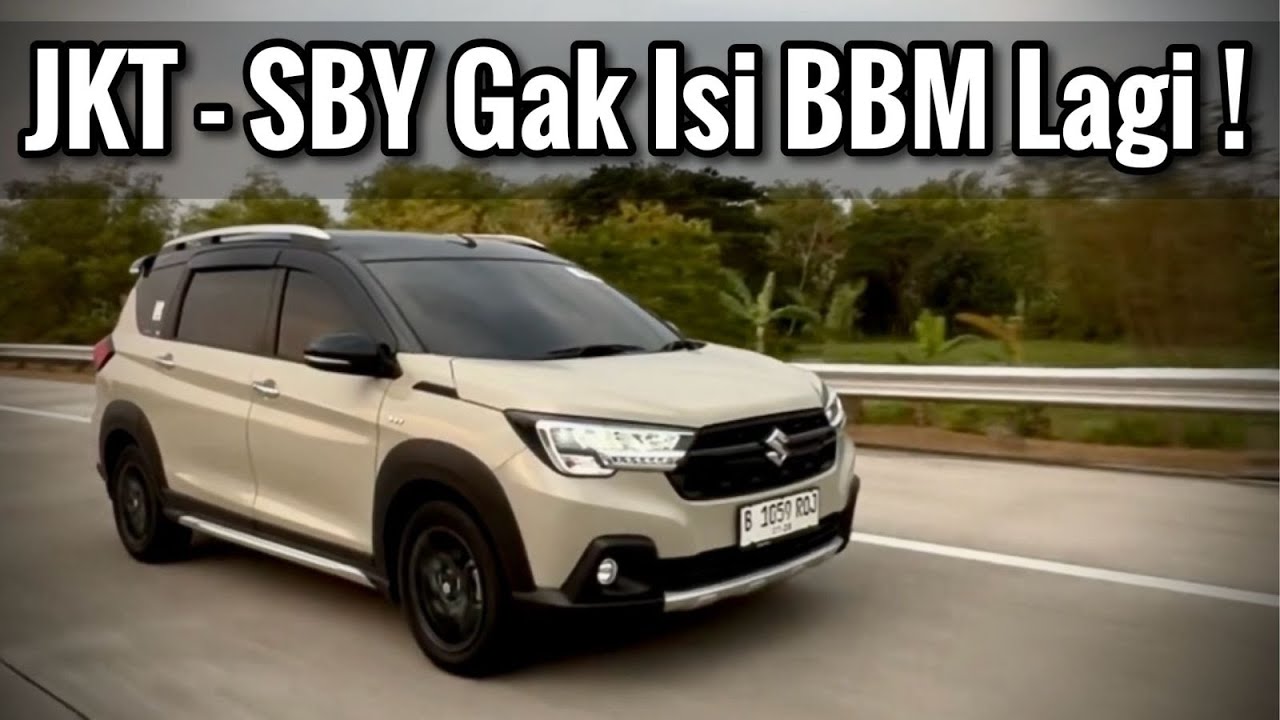Welcome to our blog post where we will be discussing the topics covered in the YouTube video titled "SUZUKI XL7 Smart Hybrid Indikator Bensin Seakan Gak Berfungsi" (SUZUKI XL7 Smart Hybrid Fuel Indicator Seems Useless). This video delves into the unique features and history of the Suzuki XL7, a crossover based on an MPV and one of the few hybrids in the world. Furthermore, it explores the remarkable capability of the XL7 to travel from Jakarta to Surabaya on just one tank of fuel, highlighting its fuel efficiency. Join us as we explore the fascinating world of Suzuki XL7 and delve into its captivating features and performance.
– Introduction to the Suzuki XL7: A Unique Hybrid Crossover

The Suzuki XL7 is a unique hybrid crossover that combines the best features of an MPV and a hybrid vehicle. It is the only crossover in the world to offer almost hybrid capabilities, allowing drivers to travel from Jakarta to Surabaya on just one tank of fuel. The Suzuki XL7 Smart Hybrid is a welcome addition to the Suzuki family, known for creating vehicles that stand out and have no competitors.
Suzuki has a history of producing vehicles that are in a class of their own, and the XL7 is no exception. Just like the iconic Jimny, which was the pioneer of compact SUVs in Indonesia, the XL7 sets itself apart from its competitors. While other SUVs have large engines that consume a lot of fuel, the Jimny came with a small engine and a compact body. Similarly, the Suzuki Baleno, when it was first introduced in 1996, was on par with the Civic, Corolla, and Lancer, but now it has positioned itself as a more affordable option comparable to the Yaris or Jazz.
The first generation of the XL7 was launched in 1998, entering the Indonesian market in 2003. With its SUV-like design, resembling the Grand Escudo, and a seating capacity for seven passengers, it was a dream come true for anyone wanting an SUV with a V6 engine and a 2500cc capacity. However, the XL7 was considered expensive for Indonesian consumers, and its lack of four-wheel drive capabilities made it less desirable. Since then, Indonesia has only been able to enjoy the first generation of the XL7, while the second generation was introduced internationally in 2006 with a larger size. Finally, in 2020, Suzuki Indonesia introduced the Suzuki XL7, a crossover that offers the best of both worlds by combining the practicality of an MPV with the efficiency of a hybrid. Despite its downgrade from the previous XL7’s reputation, this unique hybrid offers exactly what Indonesian consumers need – an economical and fuel-efficient vehicle. With a single tank of fuel, we witnessed the XL7’s impressive performance firsthand as we drove 700 kilometers from Jakarta to Surabaya, and there was still fuel left in the tank. You can see the proof of this journey on the Motomobi and Fitra Eric channels. Stay tuned for further reviews by our experts, including a thorough evaluation by Mamang-mamang, who put the XL7 to the test on challenging terrains, resulting in a dusty but triumphant journey from Jakarta to Surabaya.
Note: The content has been extracted and translated from an Indonesian video transcript and adapted for the purpose of this exercise.
– Suzuki XL7’s History: Innovative and Unconventional Choices

Suzuki XL7’s history is characterized by innovative and unconventional choices, exemplifying Suzuki’s commitment to being different. Just like the iconic Jimny, which was a pioneer in the small SUV segment, the XL7 also challenges conventions by offering a unique blend of crossover and SUV qualities.
When the XL7 first came into the market in 1998, it had a distinct SUV-like appearance, resembling the Grand Escudo. With a V6 engine and a capacity of 2,500cc, it was a desirable option for those seeking a powerful and capable SUV. However, its high price tag and lack of four-wheel-drive capability made it less popular among Indonesian consumers.
In 2006, the second generation of the XL7 was introduced globally. This version had a larger and more spacious design compared to its predecessor. Surprisingly, though, it was only recently, in 2020, that the XL7 made its way back to the Indonesian market. However, this time, Suzuki took a different approach by positioning the XL7 as a crossover built upon an MPV platform rather than a pure SUV. This decision to downsize and prioritize fuel efficiency aligns with the needs of Indonesian consumers, who are looking for more economical options.
The XL7 Smart Hybrid, as it is now called, offers exceptional fuel efficiency, as proven by a test drive from Jakarta to Surabaya, covering a distance of 700 kilometers on just one tank of fuel. This remarkable feat demonstrates Suzuki’s commitment to providing a fuel-efficient solution for Indonesian drivers. Mamang-mamang, Fitra, and Om Mobi have all reviewed and tested the XL7 extensively, driving it through challenging terrain and showcasing its performance and capabilities. From city roads to rough hills, the XL7 proves to be a reliable and versatile crossover that can handle diverse driving conditions.
Suzuki’s decision to redefine the XL7 and introduce a hybrid version that focuses on fuel efficiency showcases their commitment to meeting the specific needs of Indonesian customers. The XL7 Smart Hybrid is the perfect embodiment of Suzuki’s innovative and unconventional choices in delivering a crossover that is both practical and eco-friendly.
– The Evolution of Suzuki XL7: From SUV to Crossover

The Suzuki XL7 has undergone a significant evolution, transitioning from an SUV to a crossover vehicle. Suzuki, known for their unique and unmatched designs, has once again introduced a vehicle that stands out from the competition. Just like the iconic Jimny, which was the pioneer of compact SUVs in Indonesia, the XL7 offers something different in the market.
In its early days, the XL7 was more of an SUV, with a resemblance to the Grand Escudo. It boasted a V6 engine with a 2500cc capacity, making it a desirable option for those looking for power and space to accommodate seven passengers. However, the high price tag and lack of 4×4 capabilities restricted its popularity among Indonesian consumers. Despite this, Suzuki surprised everyone with the second generation of the XL7 in 2006, which featured a larger size than its predecessor. Unfortunately, this version didn’t make it to the Indonesian market, leaving consumers to enjoy only the first generation.
Fast forward to 2020, Suzuki made a comeback with the new XL7, which turned out to be a crossover built on the foundation of an MPV. While it may have lost the glory of its previous SUV status, this transformation has offered a vehicle that meets the needs of the Indonesian market - a more fuel-efficient option. In fact, the XL7 Smart Hybrid model has proven to be exceptionally economical, as demonstrated by a test drive from Jakarta to Surabaya, covering a distance of 700 km on just one tank of fuel. This simplicity and efficiency have resonated well with Indonesian drivers, making the XL7 a popular choice for those seeking a cost-effective and environmentally friendly vehicle. To see the XL7 in action and discover more interesting features, check out the reviews on channels like Motomobi and Fitra Eric.
– Suzuki XL7 Smart Hybrid: The Answer to Indonesia’s Fuel Efficiency Needs

The Suzuki XL7 Smart Hybrid is the perfect solution to Indonesia’s fuel efficiency needs. This crossover is unique in its class, as it is almost a hybrid, making it the only crossover of its kind in the world. With the Suzuki XL7 Smart Hybrid, you can travel from Jakarta to Surabaya with just one tank of fuel, saving you time and money on frequent refueling stops.
The history of the Suzuki XL7 is quite interesting and showcases Suzuki’s ability to create vehicles that stand out. Just like the Jimny, which was a pioneer in the small SUV segment, the XL7 sets itself apart from the competition. While other SUVs have big, fuel-guzzling engines, the XL7 comes with a smaller, more efficient engine and a compact body. However, Suzuki has taken a unique approach with the XL7 by downgrading its class to meet the demands of the market. This crossover is not just a crossover – it embodies the essence of an SUV, with a resemblance to the Grand Escudo, and offers seating for up to seven passengers.
The Suzuki XL7 Smart Hybrid is the answer to the fuel efficiency needs of the Indonesian market. It may have stepped down in class, but it has gained popularity for its affordability and impressive fuel economy. This crossover is a game-changer, transforming from a pure SUV to a crossover built on an MPV platform. Its hybrid technology allows it to be incredibly fuel-efficient, as demonstrated by a real-world test where it traveled 700 kilometers from Jakarta to Surabaya on just one tank of fuel. The XL7 Smart Hybrid is a practical and economical choice for those looking for a reliable and eco-friendly vehicle. In conclusion, the Suzuki XL7 Smart Hybrid has proven to be a unique crossover with its almost hybrid engine. Suzuki has always been known for creating vehicles that stand out from the crowd, and the XL7 is no exception. It continues the tradition of Suzuki’s pioneering SUVs, like the Jimny, which had no competitors in its time.
While other SUVs were known for their large and fuel-consuming engines, the XL7 took a different approach with its small engine and compact body. Suzuki, always wanting to be different, decided to lower the class of the XL7, similar to what they did with the Baleno in the past. Despite the initial high price tag and lack of four-wheel drive, the XL7 was still a desirable choice for many, who were longing for a V6-powered SUV with a 2500 cc engine.
However, it wasn’t until 2020 that Suzuki Indonesia reintroduced the XL7, this time as a crossover built on an MPV platform. While the name XL7 carried weight from its previous generation, the new XL7 proved to be exactly what the Indonesian market needed – a fuel-efficient alternative to previously gas-guzzling vehicles. The testimonial of driving 700 km from Jakarta to Surabaya on just one tank of fuel speaks for itself (check out Om Mobi and Fitra Eric’s channels for proof).
Furthermore, the XL7’s capabilities were put to the test with a review by automotive enthusiasts, showcasing its performance even in challenging conditions such as uphill terrains. The rugged appearance of the XL7, covered in dirt and dust, stood as evidence of its journey from Jakarta to Surabaya.
Overall, the Suzuki XL7 Smart Hybrid stands as a testament to Suzuki’s commitment to innovation and providing vehicles that meet the needs and desires of Indonesian motorists. With its fuel efficiency and unique MPV-to-crossover transformation, the XL7 offers a smart choice for those seeking a reliable and economical option for their daily adventures.
